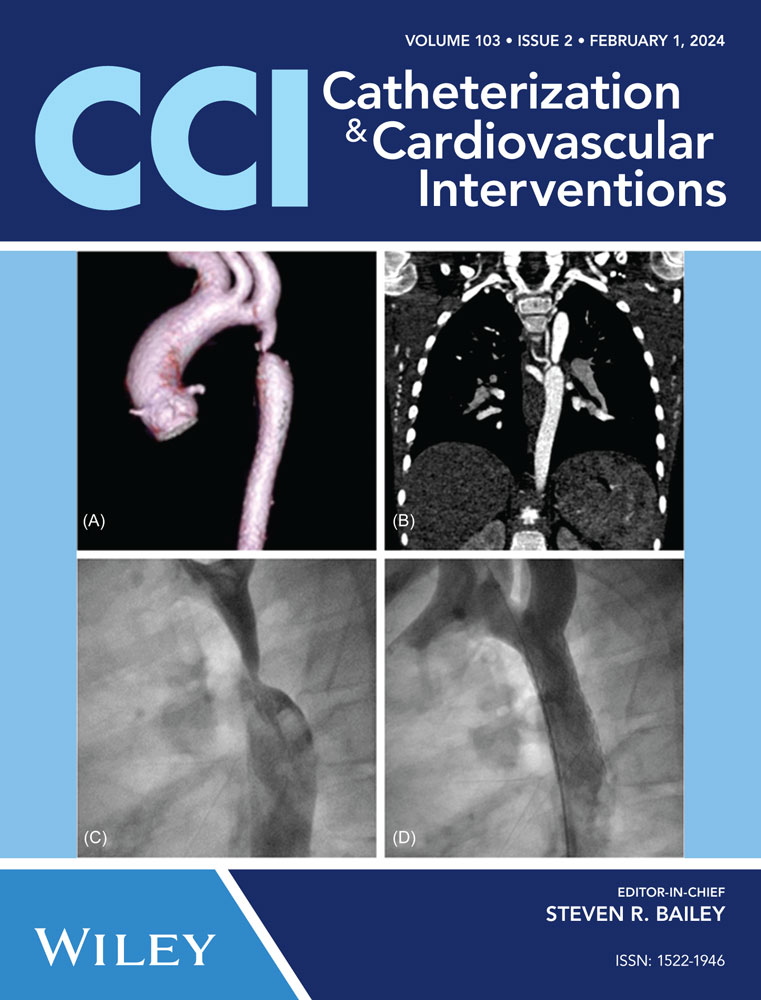Five-year follow-up after percutaneous pulmonary valve implantation using the Venus P-valve system for patients with pulmonary regurgitation and an enlarged native right ventricular outflow tract
Abstract
Background
Percutaneous pulmonary valve implantation (PPVI) with the self-expandable Venus P-valve system is a promising treatment for patients with pulmonary regurgitation (PR) and a native right ventricular outflow tract (RVOT). However, limited data is available regarding its midterm outcomes. This study assessed the midterm clinical and echocardiographic outcomes following Venus P-valve implantation.
Methods
From 2013 to 2018, 55 patients with moderate or severe PR after surgical RVOT repair with a transannular or RVOT patch were consecutively enrolled from six hospitals in China. Five-year clinical and echocardiographic outcomes were collected and evaluated. The primary endpoint was a freedom from all-cause mortality and reintervention.
Results
At 5 years, the primary endpoint was met for 96% of patients, corresponding to a freedom from all-cause mortality of 96% (95% confidence interval [CI]: 86%−99%) and freedom from reintervention of 98% (95% CI: 87%−100%). Endocarditis was reported in five patients (four patients within 1 year and one patient at 5 years) following PPVI. Transpulmonary gradient and stent orifice diameter remained stable compared to at discharge (p>0.05). No paravalvular leak was reported while only 1 patient gradually increased to moderate PR during follow-up. Significant improvement of RV diameter and LVEF (p<0.001) sustained over the 5-year follow-up, in consistent with remarked improved New York Heart Association(NYHA) functional class (p<0.001).
Conclusion
The 5-year results of the China VenusP Study demonstrated the midterm benefits of Venus P-valve implantation in the management of patients with severe PR with an enlarged native RVOT by providing sustained symptomatic and hemodynamic improvement.
CONFLICT OF INTEREST STATEMENT
The authors declare no conflict of interest.
Open Research
DATA AVAILABILITY STATEMENT
The data reported in this study are available upon a valid request from the corresponding author.




